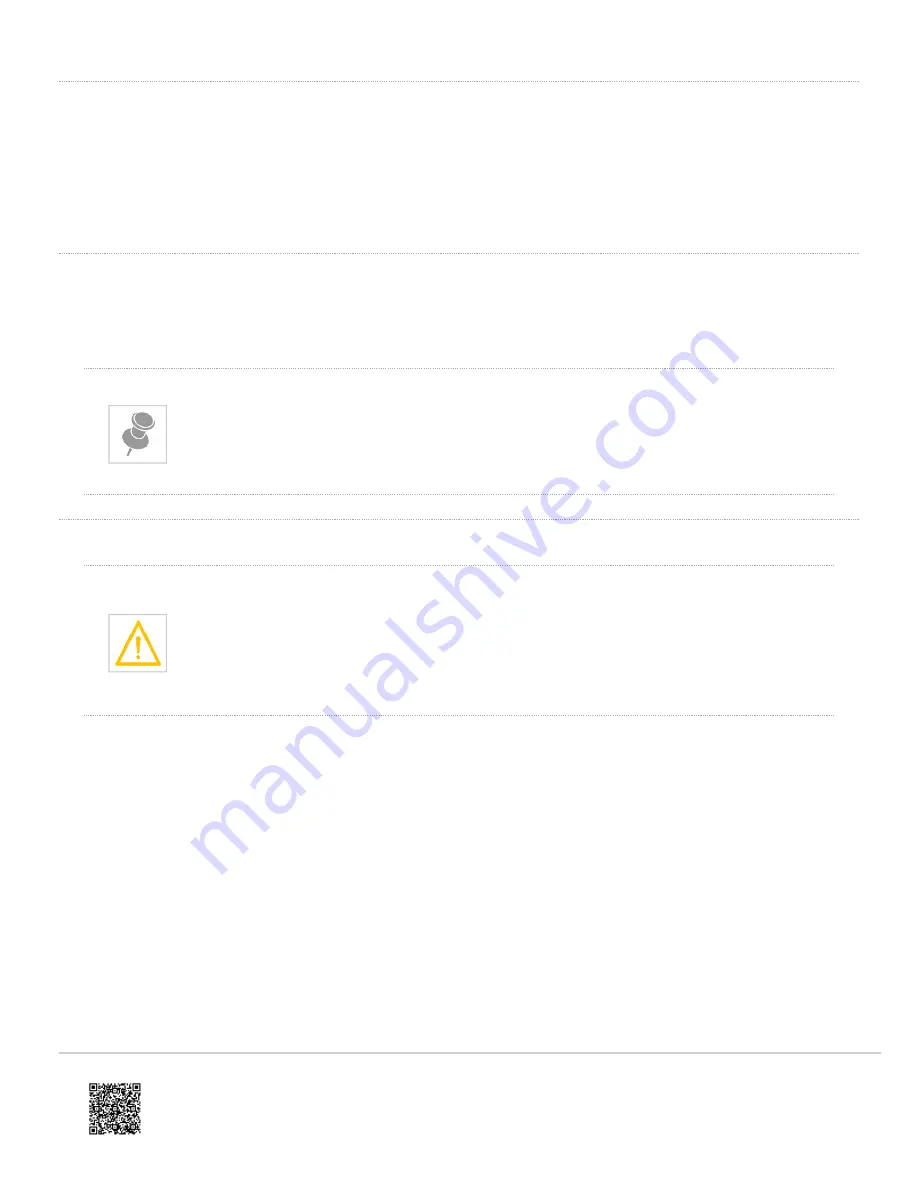
Ducted Externally
For an externally ducted installation it is recommended that 150mm diameter, rigid or semi-rigid ducting is used. This will
require a 160mm (min) round hole in the ceiling or wall. Care should be taken to position the hole correctly.
For optimal efficiency, use rigid or semi-rigid ducting for reduced noise and increased airflow. Flexible ducting should
only be used as a last resort (ie in difficult installations) and if used, ensure that it is pulled tight.
Recirculation Mode
This cooker hood can be installed to recirculate within the kitchen where ducting externally is not a practical option. To
enable the product to operate in recirculation mode, please purchase carbon filters (refer to ‘Parts and Accessories’).
The carbon filters are required to remove odours.
A ducting hole is not required in the wall or ceiling if the cooker hood is installed to operate
in recirculation mode.
Installation
• This product is heavy and requires two persons for installation.
• Failure to install the screws or fixing device in accordance with these instructions may result in
electrical hazards.
The manufacturer is not liable for any damage caused by not following these instructions.
1. Prepare for installation.
Before installing your cooker hood:
• Please read the instructions carefully.
• Unpack the cooker hood and check that all functions are working.
• Ensure that the voltage (V) and the frequency (Hz) indicated on the serial plate match the voltage and
frequency at the installation site.
• The stainless steel and glass surfaces of the cooker hood are very easily damaged during installation if
grazed or knocked by tools. Please take care to protect the surfaces during installation.
• Protect the hob surface below with cardboard, or the like, to prevent damage occurring whilst the cooker
hood is being installed above.
2. Fit the 150mm ducting adapter with non return flap to the cooker hood using the screws supplied.
Updated: Sun, 02 Jan 2022 12:41:57 GMT
Powered by
6



























